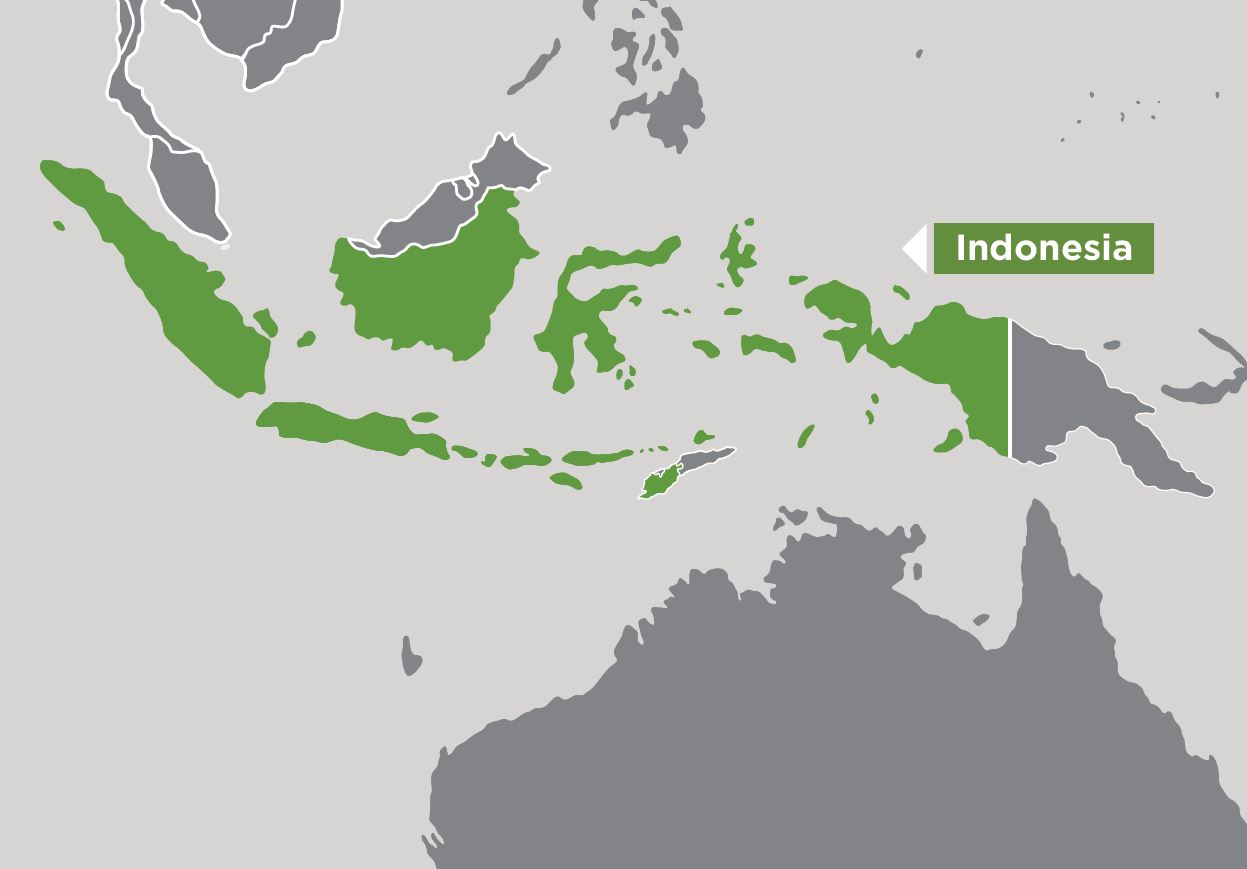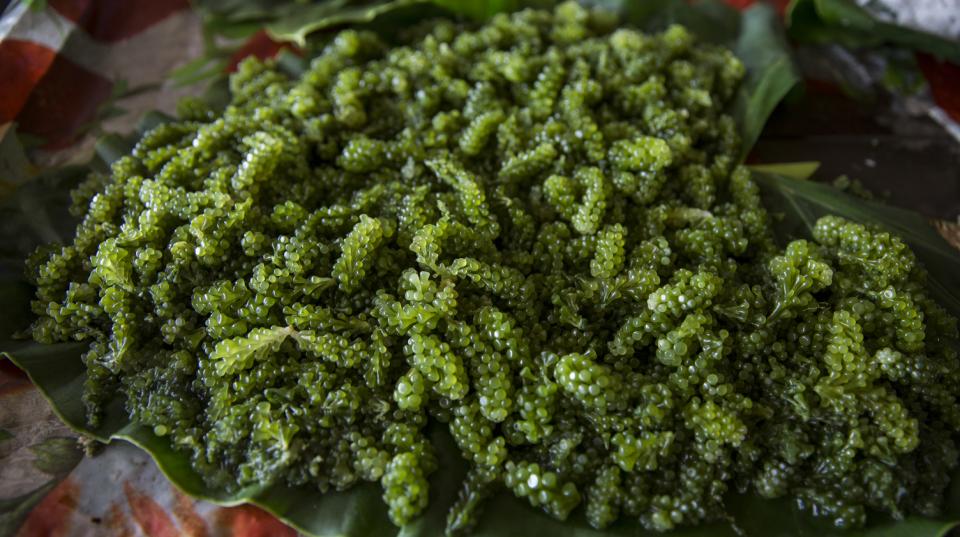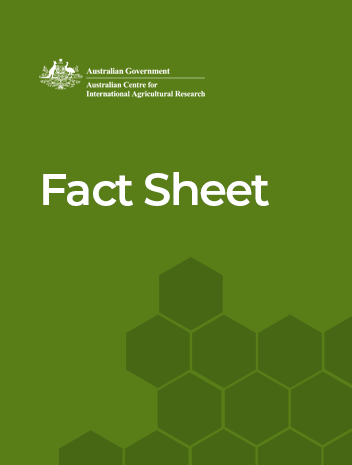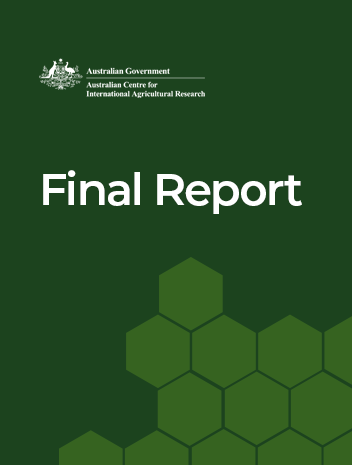Overview
This project aimed to transform and modernise the Indonesian seaweed industry by taking a whole-of-value-chain approach.
Indonesia is the world’s second-largest seaweed producer, and seaweed culture is one of the few available income-generating opportunities for coastal communities in eastern Indonesia.
Although production is increasing by about 30% annually, problems with seaweed quality, processing procedures and utilisation of waste streams from processing, have been identified. Also, processors have identified an issue of declining quality in carrageenan-producing seaweeds, particularly reduced gel strength and problems with the colour of the processed product.
Specifically, this project aimed to: analyse value chains to identify constraints and knowledge gaps for seaweed production in Indonesia; improve the quality of seaweeds produced at the farm level, and create innovative products from seaweeds and their processed waste streams.
Project outcomes
- Improved quality of seaweed produced at farm level.
- Increased household income in coastal communities due to improved productivity.
- Generation of a new income source for pond farmers through expansion of Caulerpa farming in coastal ponds.
- Income generation for women’s groups that undertake the processing and marketing of new products, through the development of processing techniques.
- Reduced reliance of seaweed farmers on the fluctuating commodities markets for carrageenan and agar gels.
- National economic benefits from increased proportion of seaweed processing in Indonesia, leading to local employment and retention of a greater share of the seaweed’s total value.
- Positive environmental effects from the increased growth of seaweeds that utilise dissolved nutrients for growth that would otherwise enter the sea.
- Utilisation of solid and liquid waste streams from seaweed processing.






